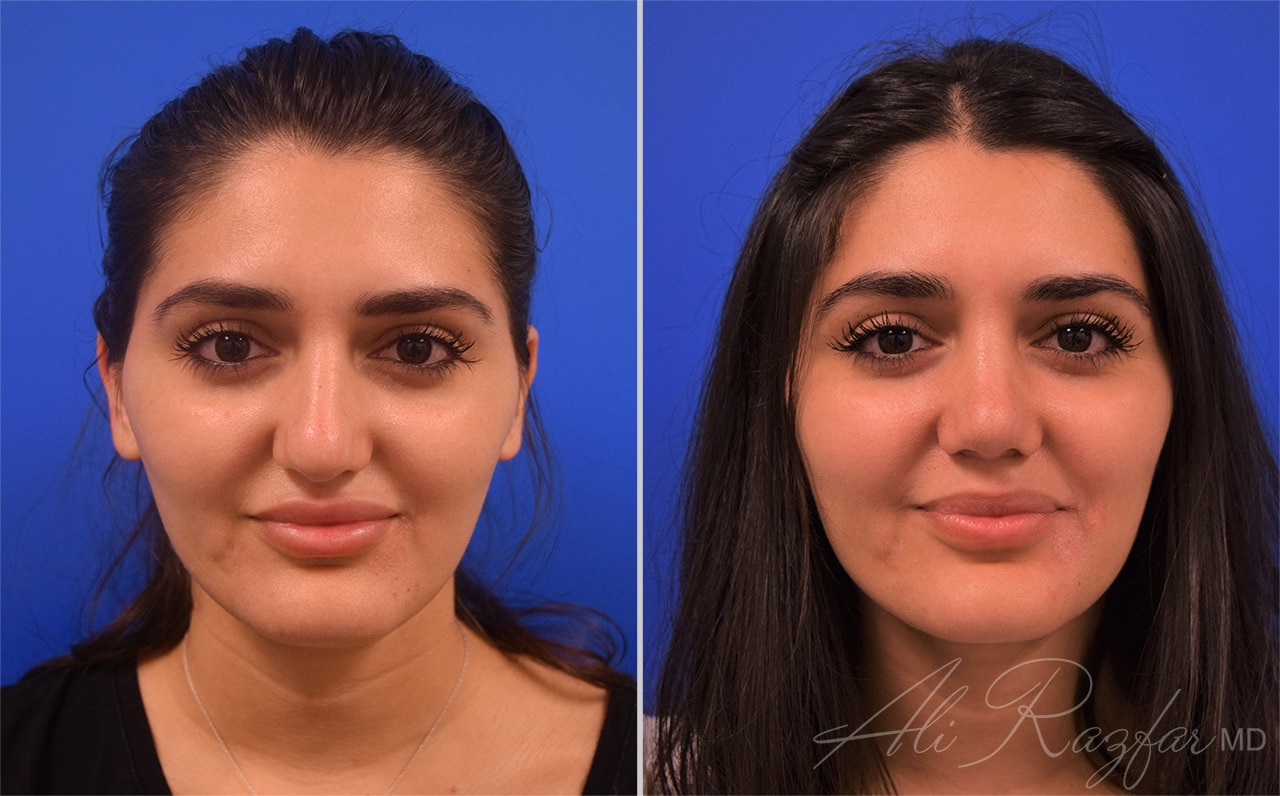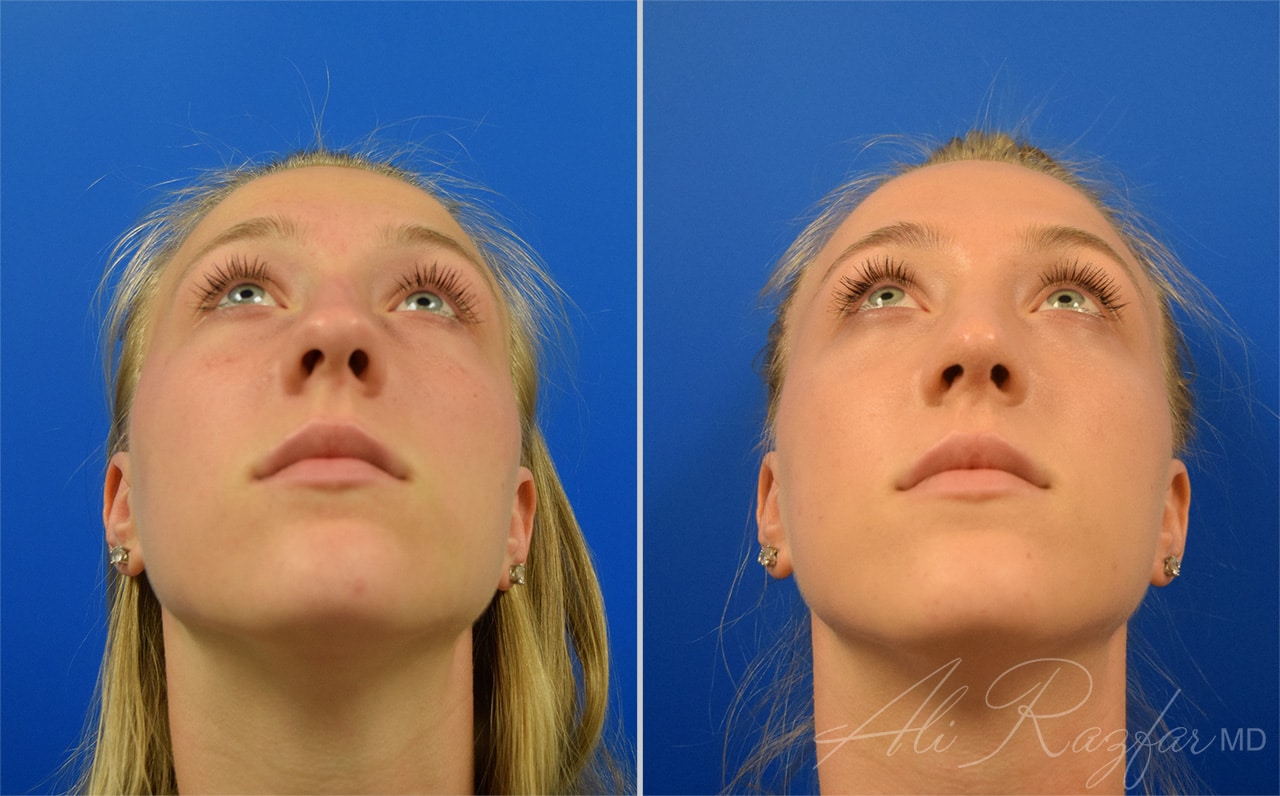Rhinoplasty Newport Beach
– NEWPORT BEACH, CA –Beauty standards may change throughout history, but the one thing that doesn’t change is how your nose is identified as your face’s focal feature — literally and figuratively.
That’s why it’s no surprise your nose can have a massive impact on your appearance and overshadow a host of other facial features.
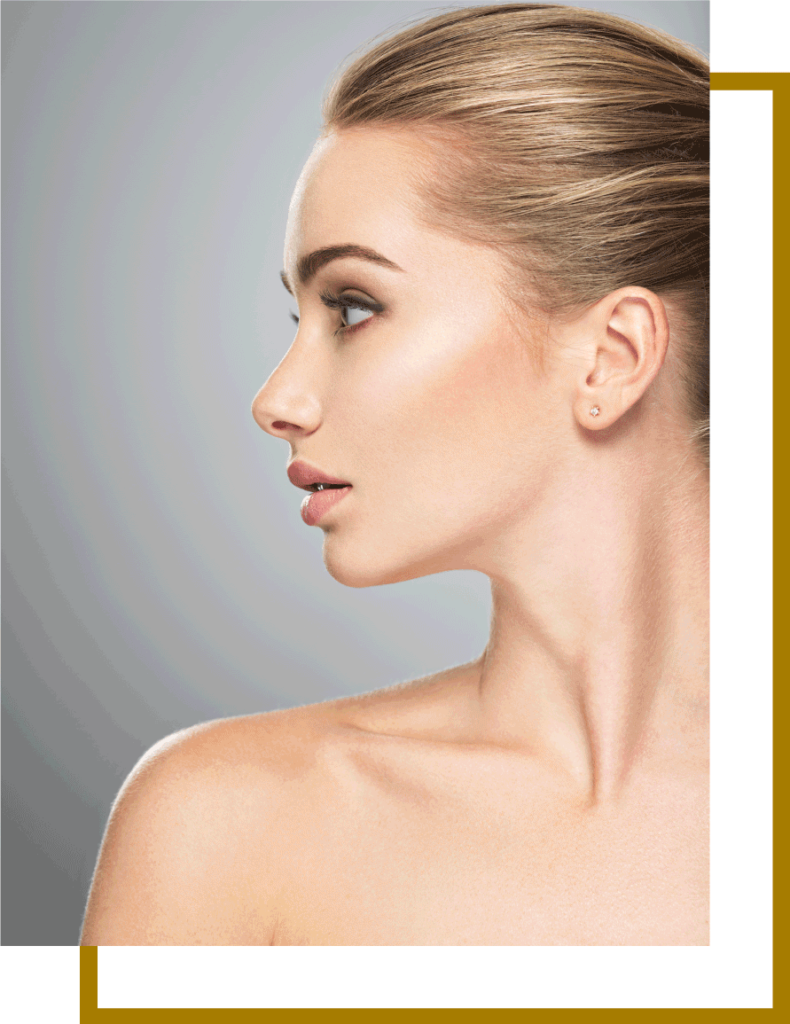
Most people think that the ideal nose should be small, straight, and symmetrical, with a pointed nose tip — the classic Caucasian nose. But the truth is, such ancient aesthetics won’t look natural for people coming from other cultures.
A beautiful nose can only be considered attractive if it’s in harmony with your other facial features. In other words, it’s highly individualized and dependent on the rest of your face.
Learn more about how Dr. Razfar performs successful rhinoplasties on his patients as you read the rest of this article.
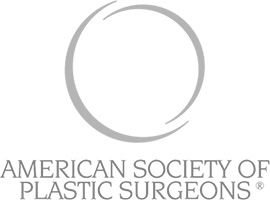
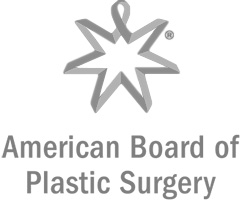
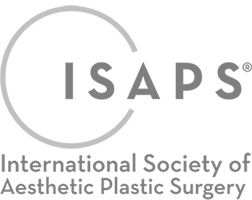
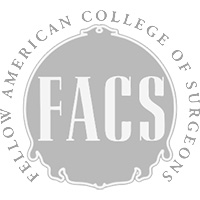
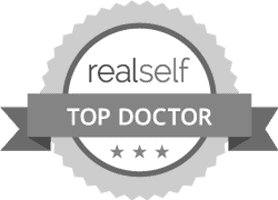
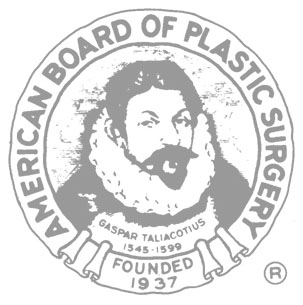
What is Rhinoplasty?
Rhinoplasty is a procedure that reshapes your nose to make it proportional to your face and enhance facial harmony. Most people also refer to it as a nose job or nose reshaping surgery.
With rhinoplasty, you can:
- modify the size and shape of your nose
- remove bumps
- straighten a crooked bridge
- improve angles
- reduce an enlarged nose tip
- enhance your facial balance and proportions
Rhinoplasty is also one of the few cosmetic surgeries that can be done due to medical reasons. The most common reason is a deviated septum, which causes difficulty in breathing.
With a nose job, your surgeon can adjust the nasal structure to produce better alignment and remove any airway obstructions.
According to the 2018 Plastic Surgery Statistics Report by the American Society of Plastic Surgeons, rhinoplasty remains one of the top cosmetic surgeries people sign up for.
More than 213,000 people underwent nose reshaping surgery in 2018, three-fourths of them women. It’s also the most popular surgery among people between 20 and 39 years.
Dr. Razfar is a double board-certified facial plastic surgeon and has expertise in all forms of rhinoplasty. Combining the most advanced techniques with his vast experience, Dr. Razfar can provide customized results for all patients.
What are the Major Rhinoplasty Approaches?
There are two major approaches in rhinoplasty: open and closed rhinoplasty. Learn the difference between the two techniques here.
What are the Different Types of Rhinoplasty?
Aside from open and closed rhinoplasty, Dr. Razfar is an expert on all rhinoplasty types, depending on the patient’s characteristics and treatment goals.
Can You Get Rhinoplasty If You Have Difficulty Breathing?
As mentioned above, rhinoplasty can both be an aesthetic and medical procedure.
One of the most common functional rhinoplasties done among patients is a septoplasty. It involves straightening a crooked or deviated septum — the partition that divides your nose into two nasal passages.
Patients often present with nasal obstruction and a long history of mouth breathing. When the septum has severely deviated that it causes a deviated nose externally, functional rhinoplasty is required to rebuild and straighten the septum completely.
This is commonly combined with a cosmetic rhinoplasty to achieve both functional and cosmetic improvement.
Read more about septoplasty and functional rhinoplasty here.
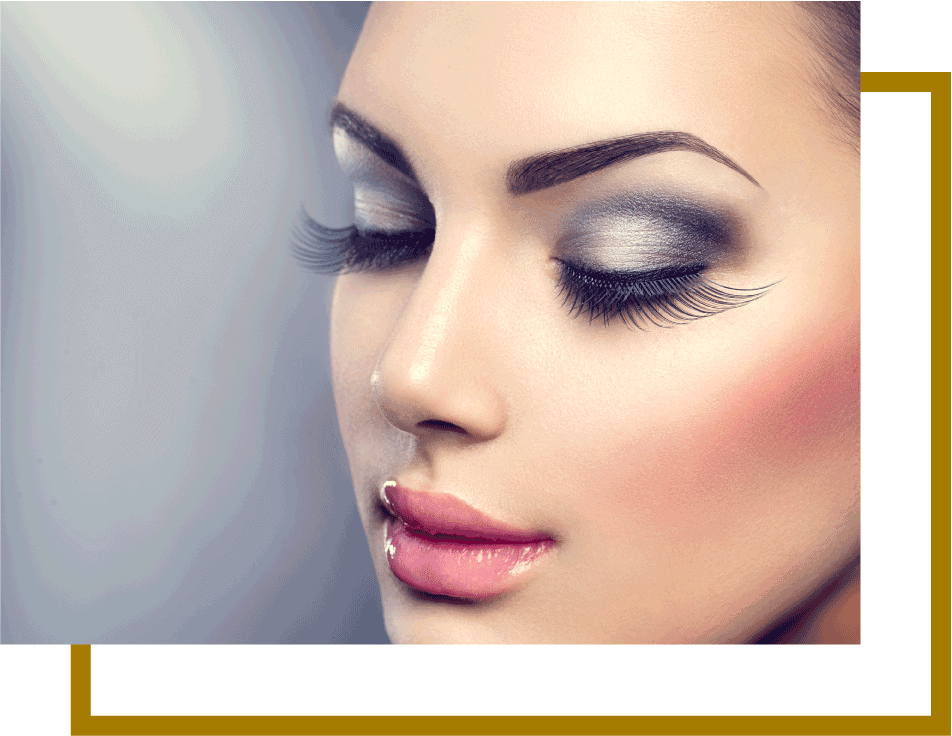
How Does Dr. Razfar Do Rhinoplasty?
Rhinoplasty is a highly individualized procedure, which is why Dr. Razfar takes special consideration of your expectations and goals during the initial consultation.
He will also ask you about your detailed medical history and perform a physical exam to determine your fitness for surgery.
After listening to how you want your nose and face to look, he’ll develop a plan to produce your desired results.
Your rhinoplasty can be performed in a hospital, a free-standing ambulatory facility, or an office-based surgical suite.
Preparation
To prepare for your upcoming rhinoplasty, Dr. Razfar will give you specific instructions on what to do weeks before the surgery to ensure your safety and avoid complications. You also need to prepare some supplies for your recovery.
Anesthesia
Your licensed anesthesiologist will administer general anesthesia before your surgery. In occasional instances, local anesthesia with intravenous sedation may be used.
Incision
Once your operative site is numbed by the anesthesia, Dr. Razfar places incisions to access the tip, cartilage, and bones supporting your nose.
For open rhinoplasty, Dr. Razfar creates a small access incision across the columella — the underside of the nose between the nostrils. It’s connected to other smaller incisions hidden inside the nose.
Nose Reshaping
Dr. Razfar adjusts the nasal bones, cartilage, and other supporting structures to reduce or increase the size, shape, and angle of your nose.
The nasal tip is then refined and supported while maximizing nasal function. A deviated septum will also be addressed at this time if needed to improve the nasal airway.
Cartilage from inside your nose or another donor site is often used to provide structure and stability.
Post-Surgery
Once your bone and cartilage have been resculpted, Dr. Razfar pulls the skin back down and stitches it along the columella.
Right after your surgery, expect to have a splint outside your nose to support its new shape as it heals. It will also shield you from accidental bumps while you sleep.
If you need additional support, Dr. Razfar may place nasal splints inside your nose to hold everything in place. It also keeps your airways clean and free from crusts.
The procedure can take three to four hours on average.
Why Should You Choose Dr. Razfar As Your Rhinoplasty Surgeon?
A successful rhinoplasty outcome begins with choosing the right surgeon. Since rhinoplasty is widely considered the most challenging cosmetic procedure, your surgeon should have extensive rhinoplasty experience and strictly focus on facial plastic surgery.
Dr. Razfar is a double board-certified facial plastic surgeon and works exclusively on the nose and face. As a Newport Beach rhinoplasty expert, Dr. Razfar has performed countless rhinoplasty operations using the most advanced surgical techniques.
Dr. Razfar specializes in all types of nose reshaping surgeries, including primary rhinoplasty, revision rhinoplasty, ethnic rhinoplasty, and reconstructive rhinoplasty.
How Do You Recover from Rhinoplasty?
Frequently done as an outpatient procedure, rhinoplasty allows you to return home shortly after your surgery. In rare cases, you may need to stay in the hospital overnight.
For several days, you need to wear a light dressing over your incisions. Swelling and bruising are to be expected, not just around your nose but even on different areas of your face, making you look puffy.
Dr. Razfar will advise you to apply cold compresses on your swollen areas to reduce swelling and discomfort. You also need to keep your head elevated and still for the first few days after surgery.
What Results Can You Expect from Rhinoplasty?
When you get rhinoplasty, you’ll be able to achieve the following results:
- Improved shape, angle, and size of your nose
- A smoother nose profile without humps or depressions
- Symmetrical nostrils
- A proportionally balanced face
- Easier breathing with less congestion (if done medically)
- Boost in self-confidence
It may take time to adjust to your new look, but the results are long-lasting. Even as you age, the shape of your nose post-rhinoplasty will remain.
Rhinoplasty FAQs
Get Your Rhinoplasty Done in Orange County and Los Angeles
With a rhinoplasty done right, you can enjoy flattering results that completely change your face’s appearance for the better, making you feel like the best version of yourself.
But to achieve that, you need to consult a plastic surgeon who will be all ears regarding your ideal nose and face. You need someone who will take your face shape, facial features, proportions, and ethnicity into account.
Dr. Razfar profoundly cares about your satisfaction with your rhinoplasty outcome. Arrange a consultation with Dr. Razfar today to achieve a nose that better complements your facial features.

